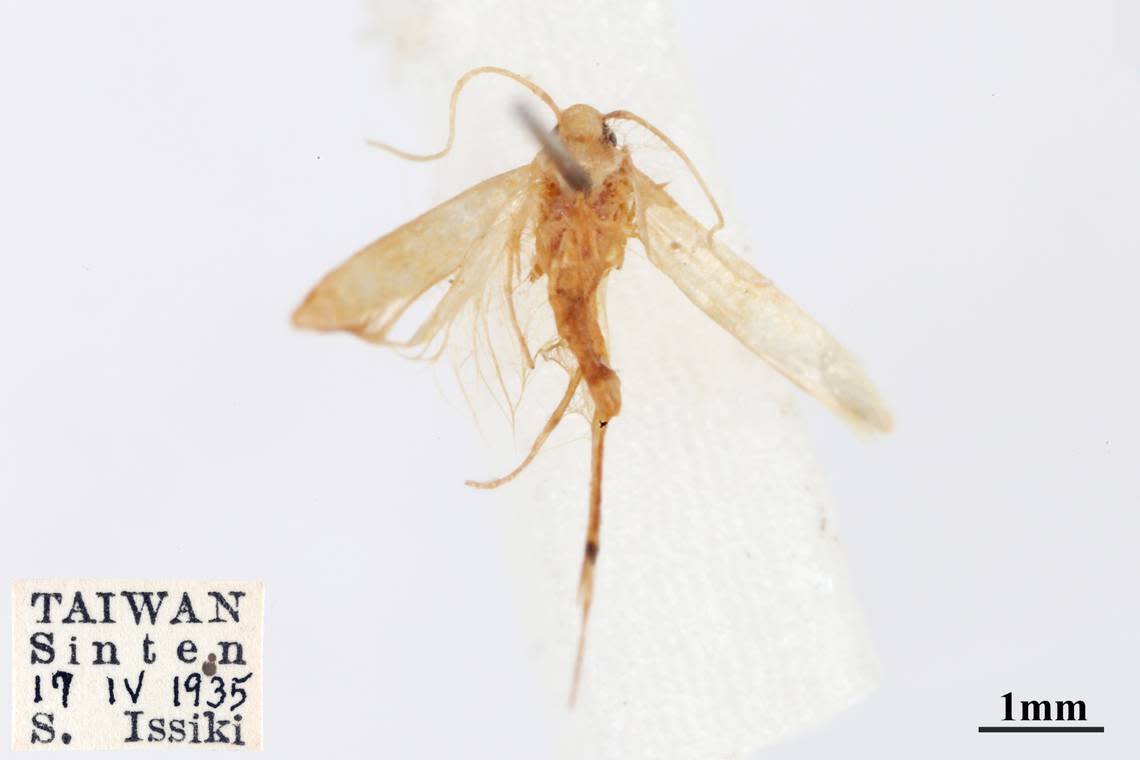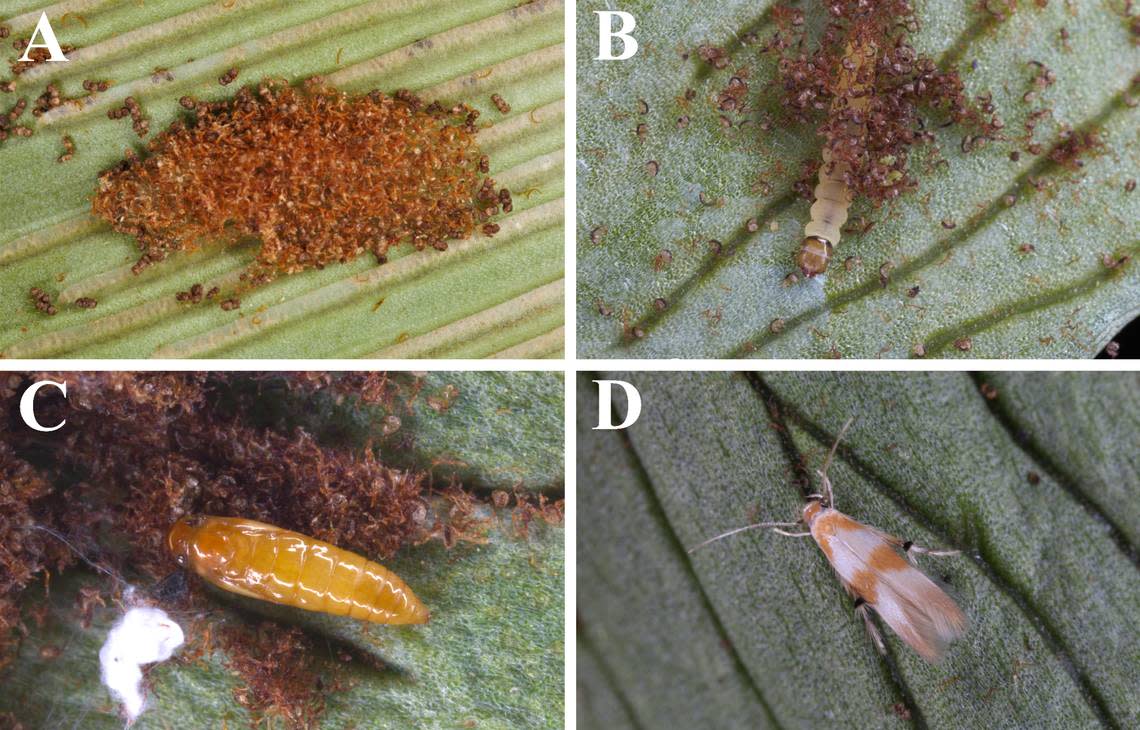‘Mysterious’ winged creature rediscovered in Taiwan after 87 years, study says. See it
A professor and group of students in Taiwan only set out to reorganize the university’s archive collections. To their surprise, the project sparked the rediscovery of a “mysterious” winged creature lost for 87 years.
The Department of Entomology at National Taiwan University has a small museum connected to it. The collection, known as the Insect Museum, “gets relatively little funding” and is largely managed by professors, entomologist Zong-Yu Shen told McClatchy News.
The museum’s archive of insect specimens was mostly untouched “until Dr. Hui-Yun Tseng started to reorganize this museum with students,” Shen said.
During the reorganization, the team found a small moth collected in 1935, preserved and later forgotten in a box, according to a study published April 30 in the peer-reviewed journal Zootaxa.
The preserved moth doesn’t look like much to the untrained, but Shen quickly realized its significance.

Discover more new species
Thousands of new species are found each year. Here are three of our most eye-catching stories from the past week.
→Deep-sea creature — with 'rectangular' shape — discovered
→Sea creature 'adorned with gold' found on coral in Philippines
→Clawed forest creature found lurking near temple in India
The winged insect was Pachyrhabda citrinacma, a “mysterious” and “elusive” species native to Taiwan and first discovered in 1936, the study said. The initial account was “limited to seven brief sentences,” and the original specimens were lost soon afterward, preventing researchers from being able to study the species further or identify it again.
Until now.
Researchers analyzed the rediscovered moth specimen and, based on its physical features, guessed it fed on ferns like other related moths, the study said.
When they started searching, they realized “it’s quite easy to find the larvae of this species because they make an oval-shaped shelter and hide inside,” Shen, the study’s lead co-author, said. ”Once you discover the active shelters, you just have to bring them back to the laboratory, and wait until they emerge!”
After 87 years of being considered a lost species, researchers found themselves raising Pachyrhabda citrinacma moths in a lab and studying the tiny animals.

Photos show the life stages of a Pachyrhabda citrinacma moth. Full grown, these moths have pink feather-like wings with several orange-brown blotches.
“The adult moths raise their legs while they are resting,” Shen said. “Numerous tufts and colorful scales (are) overlaid on their hind legs, and that’s why their common name was ‘bright leg moth.’”
Researchers still hope that the original specimens of Pachyrhabda citrinacma will turn up, but until then the alternative specimen found in the university museum’s collection offers a chance for this poorly known moth to be studied.
The research team included Zong-Yu Shen, Hung-En Su and Yu-Feng Hsu.
Swamp creature — with ‘very large’ eyes — discovered in Madagascar. It’s a new species
Scaly creature — with yellow eyelids — found lurking in forest. It’s a new species
‘Golden’ predator — the source of legends — caught on trail cam in Thailand. See it
